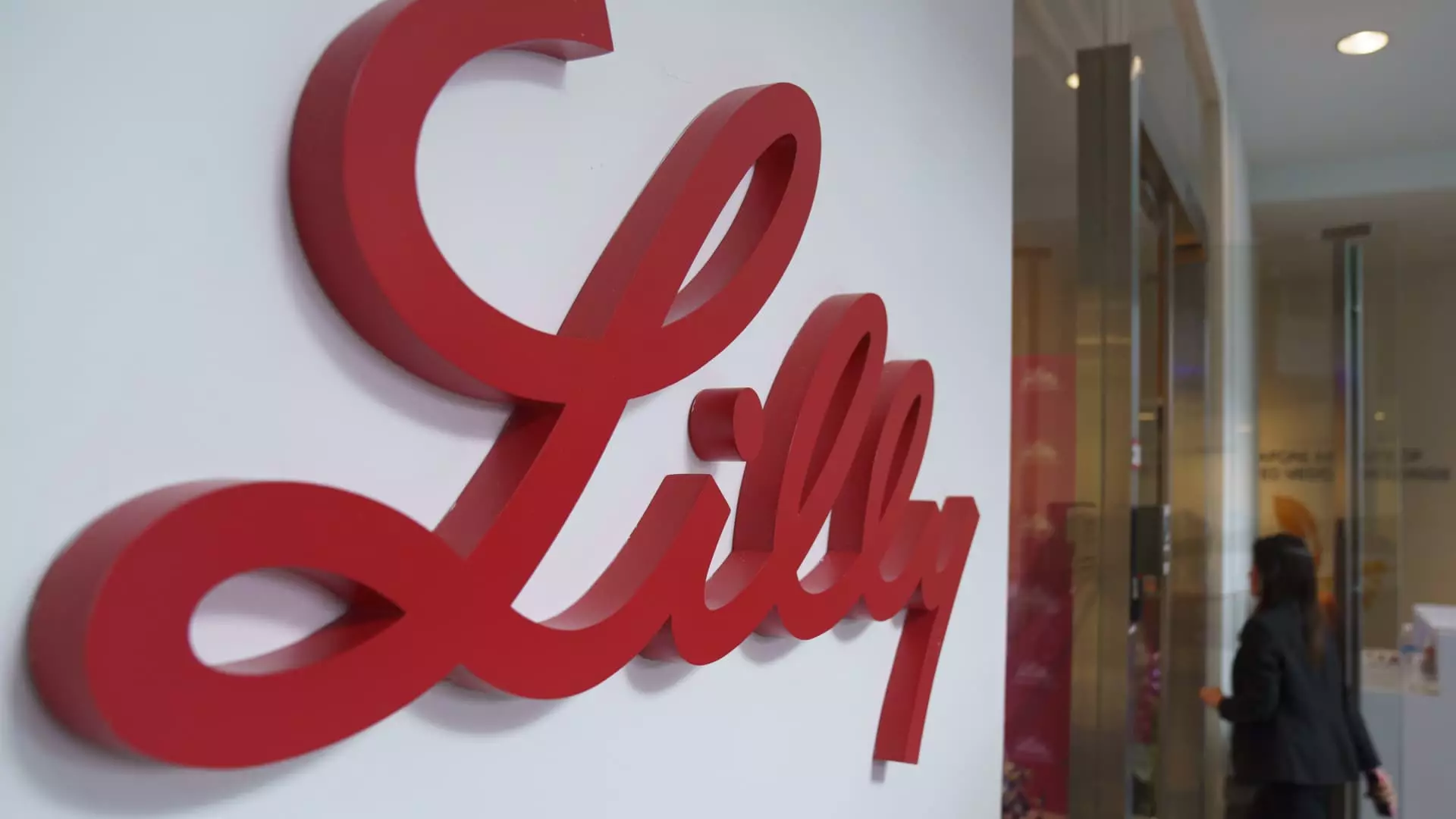Eli Lilly, a prominent player in the pharmaceutical industry, has made headlines recently for revising its revenue projections. On a Tuesday announcement, the company revealed that its anticipated sales figures for weight loss and diabetes medications fell short of earlier expectations, prompting a downward adjustment in its revenue guidance. This news had an immediate impact, causing a decline of over 7% in Eli Lilly’s stock during midday trading. The company now projects a full-year 2024 revenue of approximately $45 billion, which is modestly less than the prior estimate of $45.4 billion to $46 billion announced in October. However, it is noteworthy that this forecast would still represent a substantial 32% increase compared to the previous year.
Despite the dip in projected revenue, Eli Lilly has been aggressively ramping up production to meet the rising demand for its incretin drugs—Mounjaro and Zepbound. With billions already invested into enhancing manufacturing capabilities, the efforts have begun to yield positive results. A critical development occurred when the U.S. Food and Drug Administration (FDA) declared an end to the national shortage of tirzepatide, the active ingredient shared by both of Eli Lilly’s major products. During a recent interview, CEO Dave Ricks emphasized that an influx of new supply is imminent, suggesting the company is prepared to navigate through the challenges it faces.
Looking ahead, Eli Lilly is not only focused on expanding its current offerings but also on innovating new products. Ricks discussed the potential approval of an oral obesity treatment, which would provide a more convenient option for patients when compared to existing injectable therapies. This development is expected to hit the market as early as next year. Eli Lilly anticipates that its overall sales could soar to between $58 billion and $61 billion by fiscal year 2025. While recent growth in the U.S. incretin market—45% compared to the same quarter last year—has been impressive, it was not enough to align with the company’s prior projections, particularly pertaining to accelerated growth in the fourth quarter.
Eli Lilly finds itself in a competitive environment, particularly as it faces challenges from industry rivals such as Novo Nordisk. Both companies are vying to capture a significant share of the burgeoning market for weight loss and diabetes medications. With an expansive forecast and strategic investments, Eli Lilly seeks to fortify its position. However, the adjustment in revenue estimates reflects the inherent uncertainties within the market, raising questions about how the company will adapt moving forward. For the fourth quarter, Eli Lilly is expecting to generate $13.5 billion in revenue, including $3.5 billion from Mounjaro and $1.9 billion from Zepbound, figures that fall short of Wall Street’s overall expectations.
While Eli Lilly is navigating through some immediate challenges with its revenue projections and market competition, its commitment to expanding production capabilities and developing innovative treatments positions it well for future growth. The anticipated shift in its financial trajectory represents a critical juncture as the company aligns its strategy with evolving market demands.


Leave a Reply